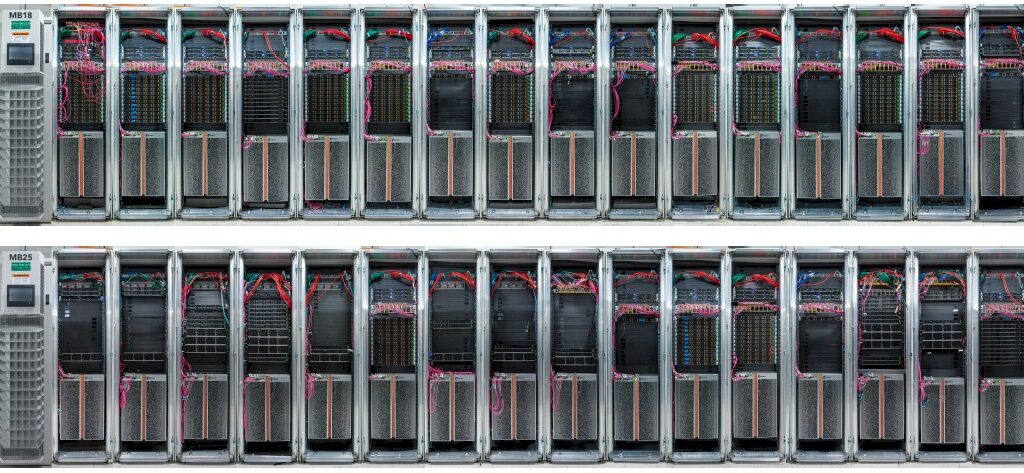Scientists from KAUST and engineers from Cerebras Systems have fine-tuned an existing algorithm, Tile Low-Rank Matrix-Vector Multiplications (TLR-MVM), to improve the speed and accuracy of seismic data processing.
The collaborative work is up for a Gordon Bell prize to be presented at SC23.
At the core of this is the Cerebras CS-2 system, which is housed in the Condor Galaxy AI supercomputer, that we looked at as just one piece of a broader Cerebras/UAE push in this deep dive from July.
With that in mind, recall Cerebras is making massive investments in its future in oil and gas workloads, in addition to others relevant to the Middle East region. Group 42 (G42), a technology company based in the United Arab Emirates, partnered with Cerebras to develop the Condor Galaxy system, aimed at bolstering regional AI infrastructure.
As noted in July, the first phase involves a $100 million investment to construct the Condor Galaxy-1, a machine equipped with 27 million cores and a processing capacity of 2 exaflops (FP16), alongside the existing Andromeda cluster. Cerebras CEO, Andrew Feldman, outlined a multi-phase plan, culminating in an extensive network of clusters achieving up to 36 exaflops of performance by the second half of 2024.
These systems are worth further discussion but when it comes to the Gordon Bell prize, it’s never just about hardware capability.
The work hinges on a redesigned TLR-MVM algorithm which was mapped onto the CS-2 system’s disaggregated memory system. The algorithm reduces the memory footprint and arithmetic complexity, which gives it an edge in processing seismic applications which traditionally require large memory resources to store intermediate results and matrices.
More specifically, the algo uses ultra low-rank matrix approximation to fit the data-intensive seismic applications onto the memory-limited hardware of the CS-2 system. By recognizing and exploiting the sparsity present in seismic data in the frequency domain, the team managed to implement parallel processing for TLR-MVMs, which are critical components in Multi-Dimensional Deconvolution (MDD) inverse problem-solving.
This “little” adjustment led to memory bandwidth of 92.58 PB/sec, a noteworthy reach across 35,784,000 processing elements in the system.
By optimizing the memory layout and executing batch processes on the ultra parallel, waferscale CS-2 systems, the team managed to maintain application-worthy accuracy using FP32, while also cutting consumption, dropping to 16kW as opposed to the higher power profiles witnessed in comparable workloads on standard X86 hardware.
Cerebras and the KAUST research team are touting this as a solution to the “memory wall” problem, at least for this domain. They also note in the full paper this is also a potential target in areas like geothermal exploration, carbon capture, and storage projects, with greater efficiency and lesser environmental impact.
The KAUST/Cerebras team hope to refine their approach by transitioning from the TLR-MVM kernel to TLR matrix-matrix multiplication (TLR-MMM), a move that is expected to present new opportunities for scaling and further enhancing the efficiency of seismic processing technologies, especially in the analysis of complex geological structures.
Even if the exascale race has slowed a bit, the Gordon Bell Prize awards at SC23 will be anything but a snoozer.

